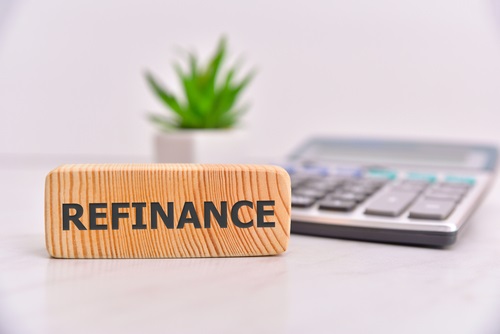For businesses of all sizes, having a solid financial foundation is essential to long-term success. When it comes to financing operations and growth, securing the right loan for your organization’s needs can seem like an overwhelming task – particularly if you have existing debt that needs refinancing.
Asset finance is one option that can save you money on interest rates while increasing cash flow and freeing up additional capital.
Our goal today is to explore how commercial asset finance can be used to refinance existing debt for businesses of all sizes. By understanding the advantages and risks associated with this solution, you can make informed decisions about which type of financing is best suited for your business goals.
What Is Asset Finance and How Does It Work for Refinancing Existing Debt?
Asset finance, often called asset-based lending, is a financial service designed to help businesses with working capital and the management of assets.
It works by providing the business with funds to purchase or refinance existing assets while allowing it to spread out payments over time. This can be an effective option for many business owners who need to improve cash flow and manage their assets more efficiently.
Refinancing existing debt with commercial asset finance can help reduce interest costs and fixed payments over the life of the loan – making it easier to manage various types of debt more effectively.
Businesses can use asset finance to pay off other loans, cover operating costs, or purchase new equipment that may increase output efficiency – all with manageable payments free from the burden.
Benefits of Refinancing Debt with Asset Finance
Refinancing debt with asset finance can be an invaluable tool to help reduce overall expenses and provide financial flexibility. This process consists of taking out a loan secured against an asset such as property or equipment. As the asset secures the loan, the interest rate is often lower, and the repayment terms are more flexible than traditional unsecured loans.
The optional additional funds will give business owners the capital to continue growing their companies and working towards long time goals.
With refinanced debt, business owners also have greater control over their cash flow, allowing them to make decisions that prioritize profits and investments for future growth without being limited by existing debt payments.
Ultimately, refinancing can liberate businesses from debt burdens, create greater financial freedom, and dramatically improve long-term prospects.
Different Types of Asset Finance Options
Leasing allows businesses to use an asset without needing to actually own it while also keeping monthly payments lower than other finance methods.
Hire-purchase involves payments structured over a certain period in which ownership is transferred at the end of that period, provided all scheduled payments have been made.
Loan finance is another option and may involve securing the loan against an asset owned by the company seeking funds.
Lastly, outright purchase with cash flow is possible, assuming enough money has been saved up or generated by the business itself.
All these different types of commercial asset finance options provide numerous ways to obtain funding depending on individual business needs and financial circumstances.
How to Decide Which Type of Asset Finance is Right for You?
Leasing, hire-purchase, loans and outright purchases are frequently available as options for financing big-ticket purchases, such as cars and machinery.
Knowing what exactly you intend to use your asset for can help you decide which of the options will provide you with the most suitable service; if, for example, you need a machine for a short, specific project, leasing might be preferable, whereas hire-purchase might be more suitable for a long term requirement.
Doing research into all of the available finance solutions and comparing their features will help bring clarity to the decision-making process. Once you have as much information as possible at your disposal, it should be easier to make an informed choice on which particular method of asset finance is right for your needs.
When to Consider Debt Refinancing with Asset Finance?
When considering when you should use asset finance for debt refinance, there are certain factors to consider, such as whether or not the current loan terms are sufficient or if interest rates have recently dropped.
With asset finance, businesses can take advantage of quicker decisions, flexible repayment plans, and a range of collateral options that may help them obtain better financing options. Additionally, asset financing allows businesses to refinance without having to borrow more money than necessary.
Taking the time to assess your current situation and needs will help you determine if refinancing with asset finance is right for you.
Tips for Making the Most Out of Your Refinancing Experience with Asset Finance
To make the most out of this experience, it’s important to do your research ahead of time and get down to the details – understanding all your options, comparing different loan products, checking for refinancing fees, and inquiring about interest rates.
Furthermore, it could also be beneficial to reach out to financial advisors or real estate professionals who are knowledgeable in this area and could provide additional insight.
Ultimately, taking the time to investigate each part of the refinancing process can pay off in the long-term and ensure that you’ve found a product that best fits your current needs.






Comments 1